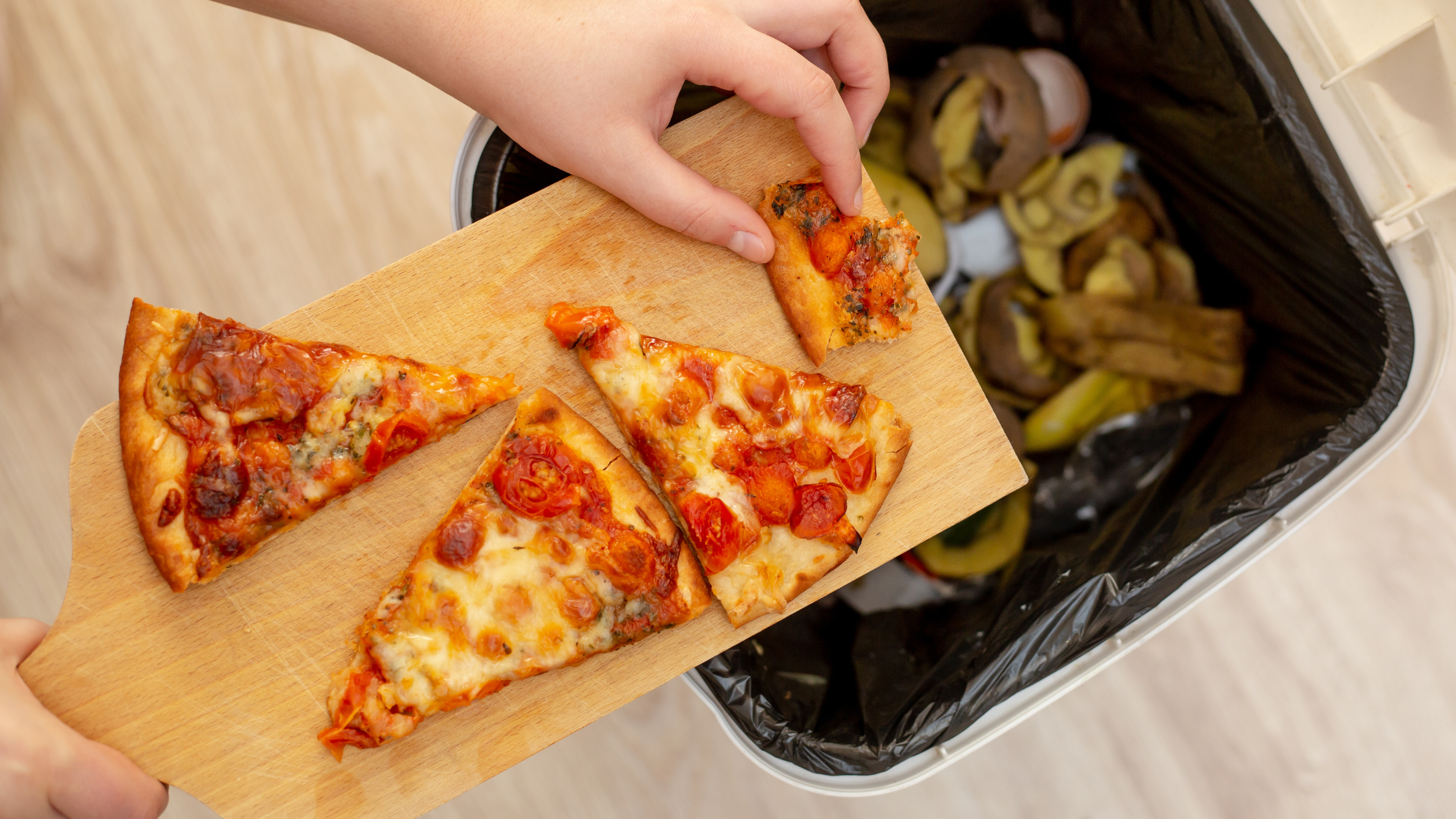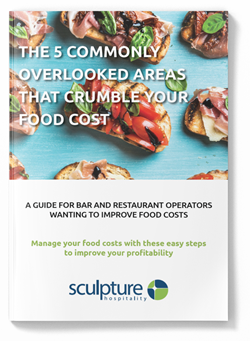Food waste is one of the most persistent and expensive challenges in the restaurant industry. From spoiled ingredients to over-portioning and inaccurate ordering, even small inefficiencies can lead to thousands of dollars lost each year. That’s why effective restaurant waste tracking isn’t just a nice-to-have—it’s a must for maintaining profitability and sustainability.
Inventory analytics give operators the visibility and control needed to combat waste at its source. When you pair accurate data with smart processes, you gain the power to stop loss before it happens.
Understand What You’re Losing—and Why
The first step to solving a waste problem is understanding it. Inventory analytics go beyond simply counting what’s in your walk-in. They can identify patterns over time: which items are regularly over-ordered, which recipes lead to excessive prep waste, and which days of the week see the most spoilage.
Instead of guessing where your losses are happening, you’ll have data that points directly to the issue. This empowers you to fix it with precision—whether that means adjusting prep volumes, reducing order frequency, or changing portion sizes.
Explore more tips in our post: how to calculate restaurant food cost percentage.
Track Variance to Uncover Hidden Waste
Variance is the difference between what your inventory system says you should have and what you actually have on hand. A high variance often signals untracked waste, theft, over-pouring, or inaccurate recipes.
With robust waste tracking tools, restaurants can:
- Monitor actual usage vs. expected usage in real time
- Set thresholds that trigger alerts for abnormal depletion
- Pinpoint which menu items or shifts cause the biggest discrepancies
This allows operators to take targeted action without overhauling their entire kitchen workflow.
Learn more about restaurant inventory software solutions that support real-time tracking and variance reporting.
Forecast Smarter Ordering
Overstocking leads to spoilage, especially when it comes to fresh produce, dairy, or proteins. Inventory analytics make it easier to forecast demand based on historical sales trends, seasonality, and upcoming events.
Instead of using “gut instinct” or outdated par sheets, restaurant managers can:
- Use predictive tools to estimate usage
- Automatically adjust orders based on previous week’s consumption
- Track shelf life and expiration dates more closely
This improves cash flow, reduces storage costs, and ensures fresher food for your guests.
“Waste reduction is all about visibility. When operators can actually see where loss is happening, they can stop it. It’s not about working harder—it’s about working smarter.” — John Morris, Hospitality Cost Consultant
Boost Staff Accountability
Waste tracking data isn’t just for owners or managers—it’s a powerful coaching tool for kitchen staff as well. When line cooks and prep staff understand how their behavior impacts food cost, they’re more likely to portion accurately, label correctly, and avoid careless mistakes.
Using visual dashboards, daily logs, or simple leaderboards tied to waste data can:
- Foster a culture of ownership
- Encourage friendly competition around minimizing waste
- Highlight top performers and improvement areas
This turns waste tracking from a chore into a team-based performance metric.
Integrate Inventory with Recipe Management
One of the most effective ways to reduce food waste is by linking your recipes directly to your inventory system. This ensures that every item sold deducts the correct amount of ingredients, and lets you monitor usage on a per-recipe basis.
This kind of integration helps:
- Flag recipes that lead to excess trim or prep
- Adjust batch sizes and yields based on real usage
- Align costing with actual production volume









.jpg?width=520&height=294&name=Copy%20of%20Sculpture%20Hospitality_Owners_August%202020%20(18).jpg)